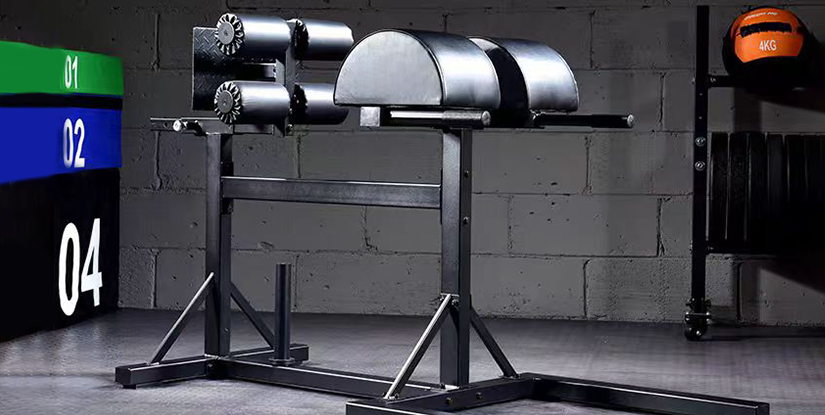V Bar Pulldown: Technique, Benefits & Variations

V Bar Pulldown: Overview and Purpose
The V bar pulldown is a close-grip variation of the traditional lat pulldown that emphasizes the lower lat fibers, teres major, and the central back. Performed on a cable station with a V-shaped handle or close-grip bar, it offers a vertical pulling pattern that improves back thickness and scapular retraction. This article provides technique, programming guidance, variations, safety tips, equipment selection advice, and concise FAQs for trainers and experienced exercisers seeking measurable progress.
Primary Muscles Targeted
- Latissimus dorsi (lower and central fibers)
- Teres major
- Biceps brachii and brachialis (synergists)
- Rhomboids and middle trapezius (scapular control)
- Posterior deltoid (stabilization)
Key Benefits
- Improves back thickness and midline development
- Encourages scapular retraction and controlled pulling mechanics
- Provides a greater range of motion for lower lat engagement vs. wide-grip pulldowns
- Versatile for strength and hypertrophy programming
- Accessible for most gym environments with a cable station
Setup and Grip
Attach a V-shaped handle to the high pulley. Sit upright with knees secured under the pad. Choose a grip width that allows forearms to align with the handle without excessive wrist deviation. Grip the handles with a neutral or slightly supinated hold to reduce wrist strain and improve elbow tracking.
Execution: Step-by-Step
- Start seated, chest up, shoulders down and back, eyes forward.
- Initiate the pull by contracting the lats and retracting the scapulae; avoid leading with the elbows only.
- Drive the handles down toward the upper abdomen, maintaining a slight lean back but avoiding excessive torso swing.
- Pause briefly at full contraction, focusing on squeezing the lower lats.
- Control the return to the start position, allowing the shoulder blades to protract under tension without losing posture.
Programming and Progression
Choose load and volume based on training goals. For strength, use 3–6 sets of 4–6 reps with heavier loads and longer rest. For hypertrophy, 3–4 sets of 8–12 reps with moderate loads and 60–90 seconds rest works well. For endurance or conditioning, 2–3 sets of 15–20 reps with lighter weight is effective.
Progress by increasing load, improving tempo control, adding reps, or increasing time under tension. Integrate V bar pulldowns after compound rowing or deadlift variations to prioritize back density without pre-exhausting the lats completely.
Variations and Alternatives
- Single-arm low-pulley row with V-handle for unilateral balance
- Close-grip seated cable row to emphasize similar muscle groups in a horizontal plane
- Neutral-grip pull-ups or chin-ups for bodyweight progression
- Reverse-grip pulldowns for increased biceps involvement
Common Technique Errors
- Using excessive torso swing: reduces lat isolation and increases momentum.
- Leading with the arms instead of initiating with scapular movement.
- Allowing the shoulders to shrug upward during the pull.
- Letting the elbows flare wide, which shifts emphasis away from lower lats.
- Using a grip that causes wrist pain or unnatural forearm rotation.
Equipment Selection and Maintenance
Select a V-handle that is sturdy, ergonomically shaped, and non-slip. Check cable alignment and pulley function before training. Maintain clean, lubricated pulleys and inspect attachment carabiners and bolts periodically to ensure safe operation.
Safety and Injury Prevention
Warm up the posterior chain and perform dynamic shoulder mobility before heavy sets. Emphasize scapular control and avoid extreme spinal flexion. If you experience sharp shoulder or elbow pain, reduce load and consult a professional. Use conservative loading when recovering from rotator cuff or elbow issues.
Coaching Cues
- 'Chest proud, lead with the elbows'
- 'Squeeze the shoulder blades together at the bottom'
- 'Control the return, don’t let the weight pull you apart'
- 'Maintain a short, strong range of motion focused on the lower lats'
When to Use the V Bar Pulldown
Integrate V bar pulldowns when the goal is to enhance back thickness, improve posture through scapular retraction, or to target lower lat fibers. It complements vertical and horizontal pulling exercises and serves well as a primary or accessory lift in structured programs.
FAQs
Is the V bar pulldown better than wide-grip pulldown?
It targets lower lats more; wide-grip emphasizes upper lats and width. Choice depends on goals.
How many sets and reps are optimal?
For hypertrophy, 3–4 sets of 8–12 reps; for strength, 3–6 sets of 4–6 reps.
Can beginners perform this exercise?
Yes, with light loads and focus on form and scapular control.
Should I lean back during the pull?
A slight lean is acceptable; avoid excessive torso swing that uses momentum.
What grip variation is safest for wrists?
Neutral or slight supination reduces wrist strain compared with extreme pronation.
How to progress when weight stalls?
Increase time under tension, improve tempo, add reps, or shorten rest periods.
Will this exercise build width?
It primarily builds thickness; combine with wide-grip pulls for width.
Can I replace rows with V bar pulldowns?
They are complementary; include both for balanced horizontal and vertical pulling.
Any contraindications?
Avoid heavy loading if you have acute shoulder impingement or elbow tendonitis without professional clearance.

